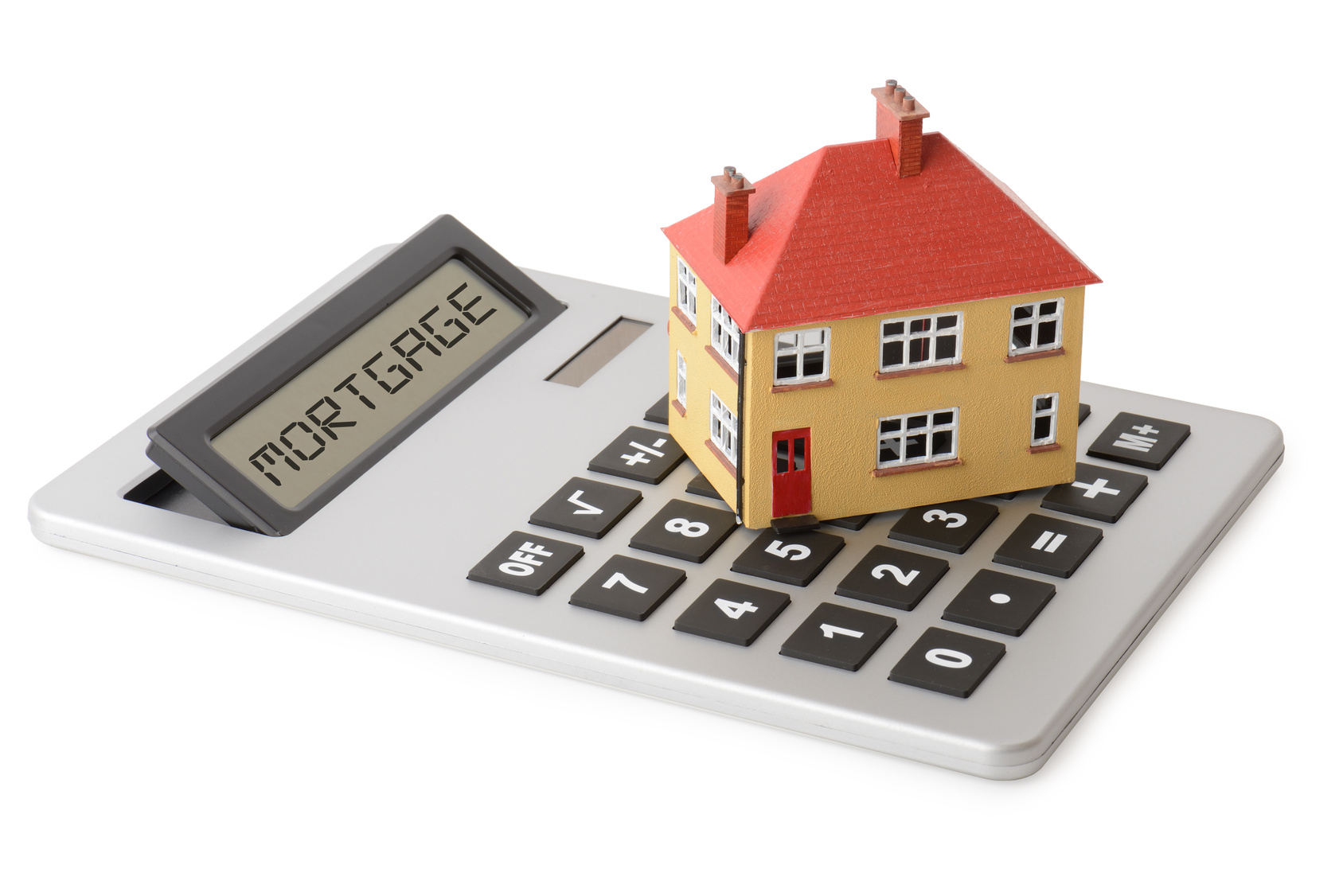As of April 21, 2025, home interest rates in the United States remain high, creating significant hurdles for homebuyers and the broader housing market. Data from independent mortgage trackers indicates that the average 30-year fixed-rate mortgage is approximately 6.6%, down slightly from a January 2025 peak above 7%. The 15-year fixed-rate mortgage hovers around 5.8%. These rates, while marginally lower than earlier this year, reflect ongoing economic uncertainty rather than deliberate monetary policy shifts, according to analyses from housing market platforms like Redfin and Zillow.
Elevated rates continue to strain affordability, with mortgage costs tied closely to the 10-year Treasury yield, which recently fell to 4.2% from a high of 4.9% in January, per bond market data. Despite the Federal Reserve cutting its benchmark rate by a full percentage point in 2024, bringing the federal funds rate to 4.25%–4.5%, long-term borrowing costs like mortgages have not seen significant relief. This is largely due to persistent inflation concerns and market reactions to President Donald Trump’s trade policies, particularly his newly implemented tariffs, which have introduced volatility into bond markets.
The housing market remains stagnant, with high rates discouraging both buyers and sellers. Many homeowners are locked into low-rate mortgages from the pandemic era, creating a “lock-in effect” that reduces inventory and drives up home prices. Independent real estate analysts note that this dynamic, coupled with fears of tariff-induced economic disruptions, has dampened consumer confidence and slowed market activity..
The Federal Reserve’s Position
Jerome Powell and the Federal Reserve have adopted a cautious stance, emphasizing data-driven decisions over political demands. In a recent speech covered by economic newsletters, Powell highlighted the economy’s resilience, with unemployment at 4.1% and inflation at 2.8%, but noted that Trump’s tariffs introduce significant uncertainty. He stated that the Fed is closely monitoring whether these policies will drive persistent inflation or trigger a slowdown, which could necessitate different responses.
The Fed’s dual mandate—price stability and maximum employment—guides its reluctance to cut rates hastily. Independent economists, such as those contributing to financial blogs, argue that Trump’s tariffs, combined with potential policies like mass deportations or tax cuts, could fuel inflation, forcing the Fed to maintain or even raise rates. However, if tariffs lead to a recession, as some market analysts predict, the Fed might pivot to rate cuts. Current bond futures data, aggregated by financial platforms, suggest a 30% probability of a rate cut in May 2025, with a 70% chance by June.
Implications for Homebuyers
For prospective homebuyers, the high-rate environment remains a challenge. While rates dipped slightly after Trump’s tariff announcement, real estate platforms like Redfin caution that this reflects short-term market jitters rather than a lasting trend. The interplay between Trump’s trade policies and the Fed’s response will shape future rate movements. If inflation accelerates, mortgage rates could climb above 7% again. Conversely, an economic downturn might prompt Fed rate cuts, easing borrowing costs but risking broader instability.
Independent financial advisors, quoted on housing blogs, recommend that buyers remain adaptable. Strategies include locking in rates early or exploring adjustable-rate mortgages to navigate volatility. Analysts on economic forums emphasize that expecting a return to 3% mortgage rates is unrealistic, urging buyers to act strategically rather than wait. Mortgage rates are projected to fluctuate between 6% and 7% through 2025, with potential spikes if inflation worsens.
Conclusion
In April 2025, U.S. home interest rates reflect a complex economic environment shaped by high borrowing costs and Trump’s aggressive trade policies. His public campaign to pressure the Federal Reserve for lower rates has yet to yield significant changes, as the Fed prioritizes inflation control and economic stability. For homebuyers, this translates to ongoing affordability challenges and the need for flexibility in a volatile market. As Trump’s tariffs and economic policies unfold, their impact on inflation and growth will determine the path of mortgage rates in the coming months.


 Facebook
Facebook
 X
X
 Pinterest
Pinterest
 Copy Link
Copy Link
